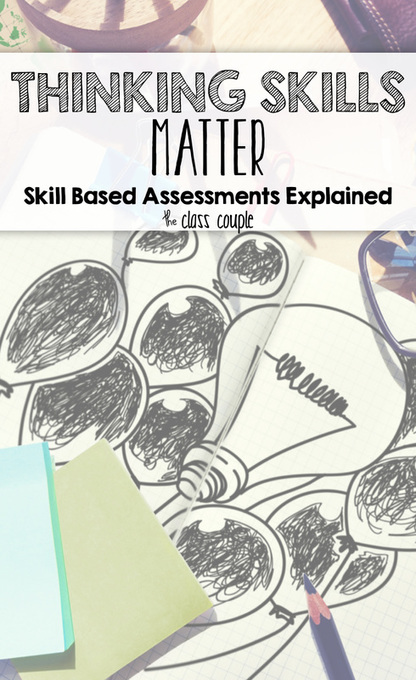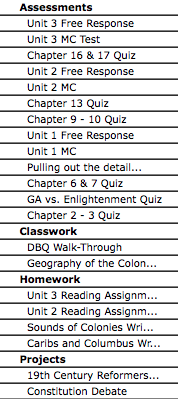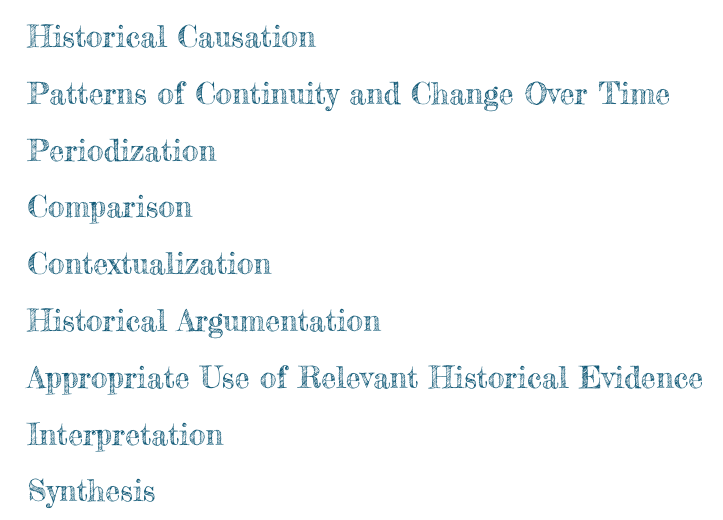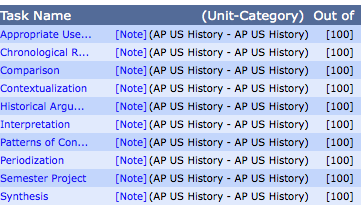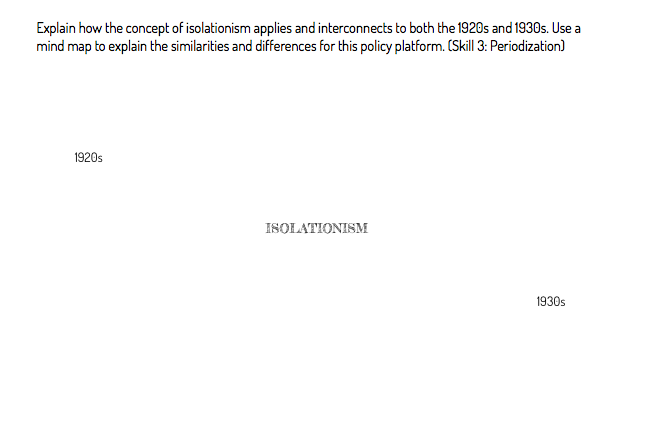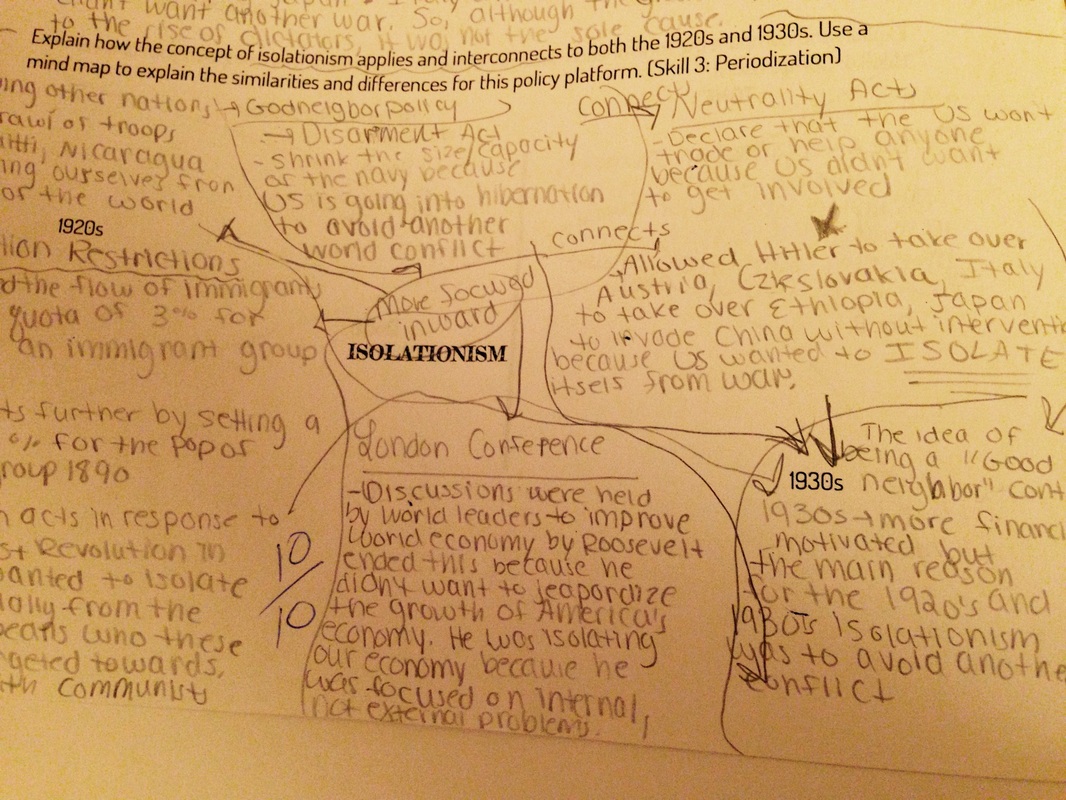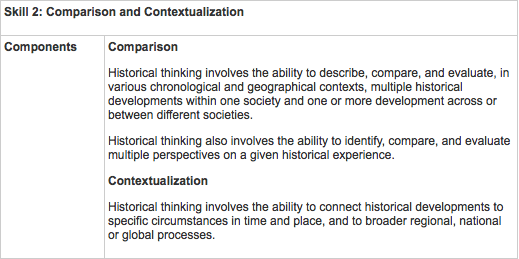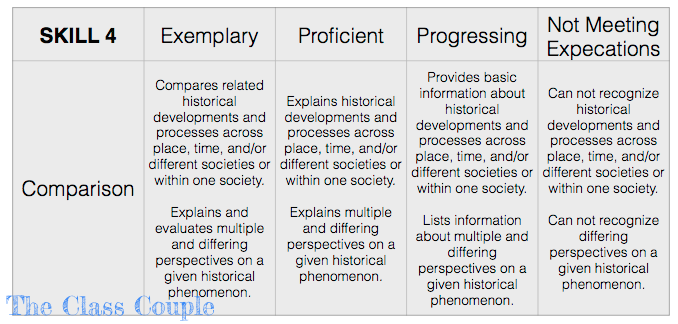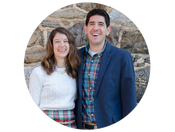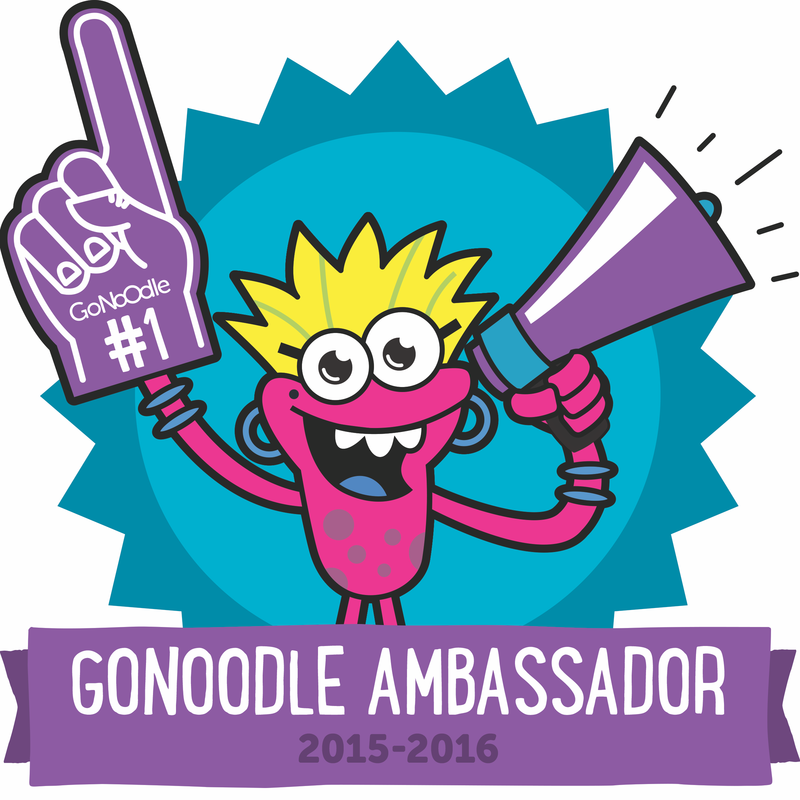-Greg
|
Hey everyone! Greg here. When I first started the blog with Becky, I never realized how difficult it would be to keep up with posting! Becky is much more diligent with the posts, for which I am very thankful.
When I heard that the College Board was introducing a new format for AP US History (APUSH for short) this year, I was genuinely excited that real change could happen with my course organization. I first started teaching APUSH in 2009. I reinforced the test format with the drudgery of countless multiple choice questions focused on minutia from over 400+ years of American history. Students who were strong at deductive reasoning excelled at the MC questions while others, who were still extremely bright, floundered in the wake of those tests/quizzes. I supplemented with as much writing as I could, but couldn’t ignore that 50% of the AP exam score was derived from MC questions. My grade book looked like almost every other grade book: it was organized by assignment - Quiz A, Homework C, Test 1, Project 1.2, etc. It was what I was taught, so it is what I did.
So when the CollegeBoard presented the new course outline, I was ecstatic at the potential of focusing on “historical thinking skills”. The refocus gave me an opportunity to try something new. Rather than allow the content drive the grade, I could flip it and make the skill the center of the discussion. This concept is completely appropriate, perhaps the norm, in the early elementary grades. Becky’s report card, for example, consists of 32 academic skills and 8 social & work habits. Subsequently, her grade book includes scores for some of the following indicators: applies vowel sounds, applies letter knowledge, solves addition facts, recalls addition facts, et.al. This allows Becky to have a much more accurate read on student performance and more importantly - student understanding and growth. Although I essentially was checking for skills within my tasks, students and parents were unable to determine what they were truly gaining from the course.
How could I apply the practical grading procedures from the elementary setting to my AP US History course? The CollegeBoard identified 9 historical thinking skills that all students should be proficient in when interacting with the content.
With the support of administration, I organized my grade book around the 9 thinking skills with one additional category of "semester project". Each skill would be scored out of a base of 100, as each are viewed as equally important to becoming a well rounded historical thinker.
To make sure that every "assessment" holds an equal value, every question on a quiz, test, or activity is paired to a skill. So there is no total score for a test, simply a compilation of results targeting a handful of skills.
I also have a lot of questions that allow students to mind map their response. I try to promote non-linear thinking, and the student response has been positive. Below is a question from my last exam. A student response follows.
Each skill question is scored on the base of a 100. They are marked against a rubric. I used the description standard from the CollegeBoard as my "Exemplary" column on the rubric. The remainder of the scoring sections work back from there.
The rubric is broken down in to general terms to allow for some leeway in the grading. "Exemplary" generally means above a 90%, "proficient" is between a 80% - 89%, "progressing is between a 70% - 79%, and "not meeting expectations" is between a 55% - 69%. I believe students shouldn't receive scores lower than that. If they are continually having problems, we need to work together to strategically improve their skill base.
Students always have the option to develop a skill. They need to designate a skill to work on, meet with me on strategies to build that skill, and then develop an answer to a prompt targeting that skill. I grade it against the rubric like any other question.
Student response has been extremely positive. Although almost every student agrees this is extremely difficult, many students have commented that they can identify "what they're learning". One of our best discussions came at the end of the first marking period. I projected the following image on the board.
This was the skill average across all students at the end of the marking period. Students immediately said, "Wow, I guess we need to work on historical argumentation." It was the first time I realized the potential for organizing my grade book and assessments in this way. Students were thoughtfully reflecting on their learning, and how to develop a specific skill. Rather than the question "How do I improve my grade?", students asked "How can I improve a skill?". Are there flaws? Yes. Are there things I want to improve in the system for next semester? Yes. But I am really proud of pushing my students to focus on to their thinking and not just a grade.
-Greg
3 Comments
6/23/2015 09:11:02 am
Hi Greg,
Reply
Greg Wimmer
6/28/2015 08:16:42 am
Peter,
Reply
Leave a Reply. |
Mr. & Mrs.We are Becky and Greg from York, PA. Becky just started her 13th year of teaching first grade. Greg is a high school social studies teacher. We love teaching and this blog is a peek into our world. the library
June 2019
tag, you're it!
All
subscribe Blog Design by Alexis Sanchez © |
